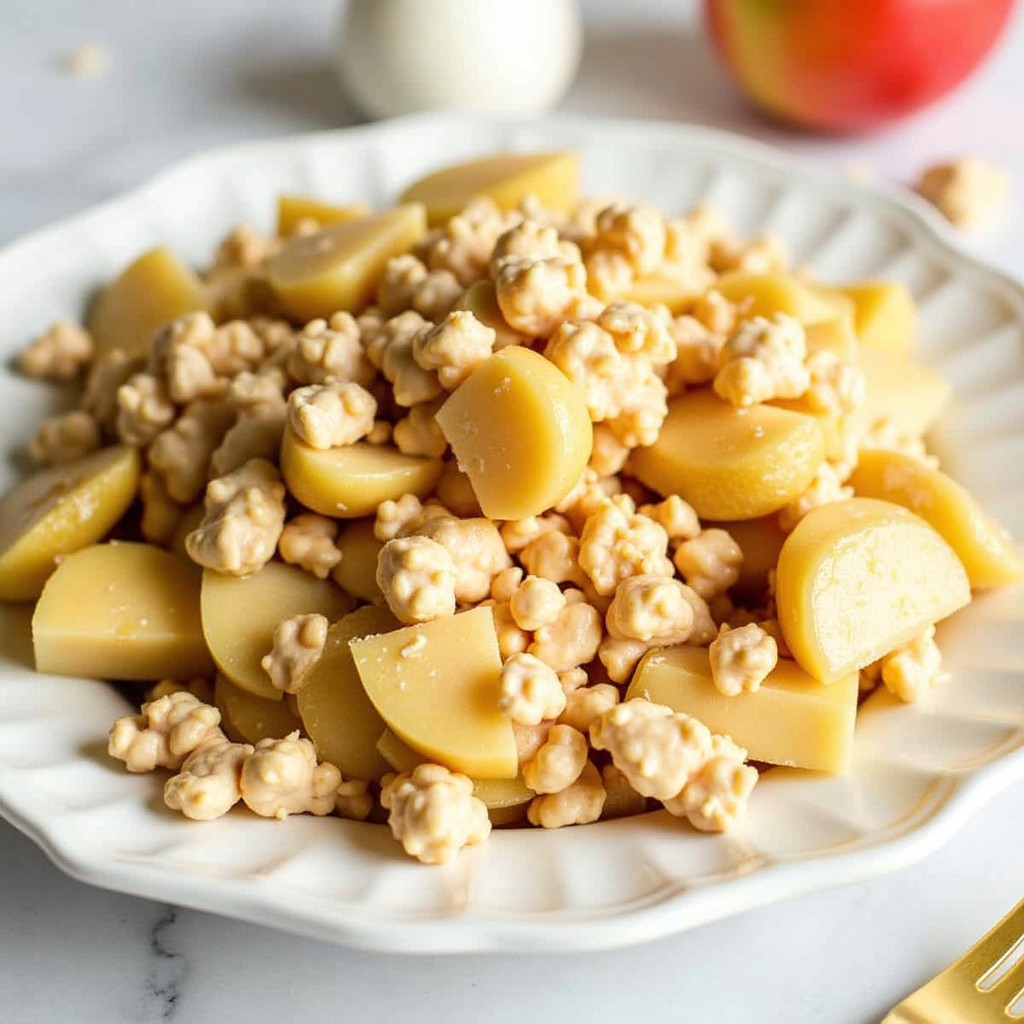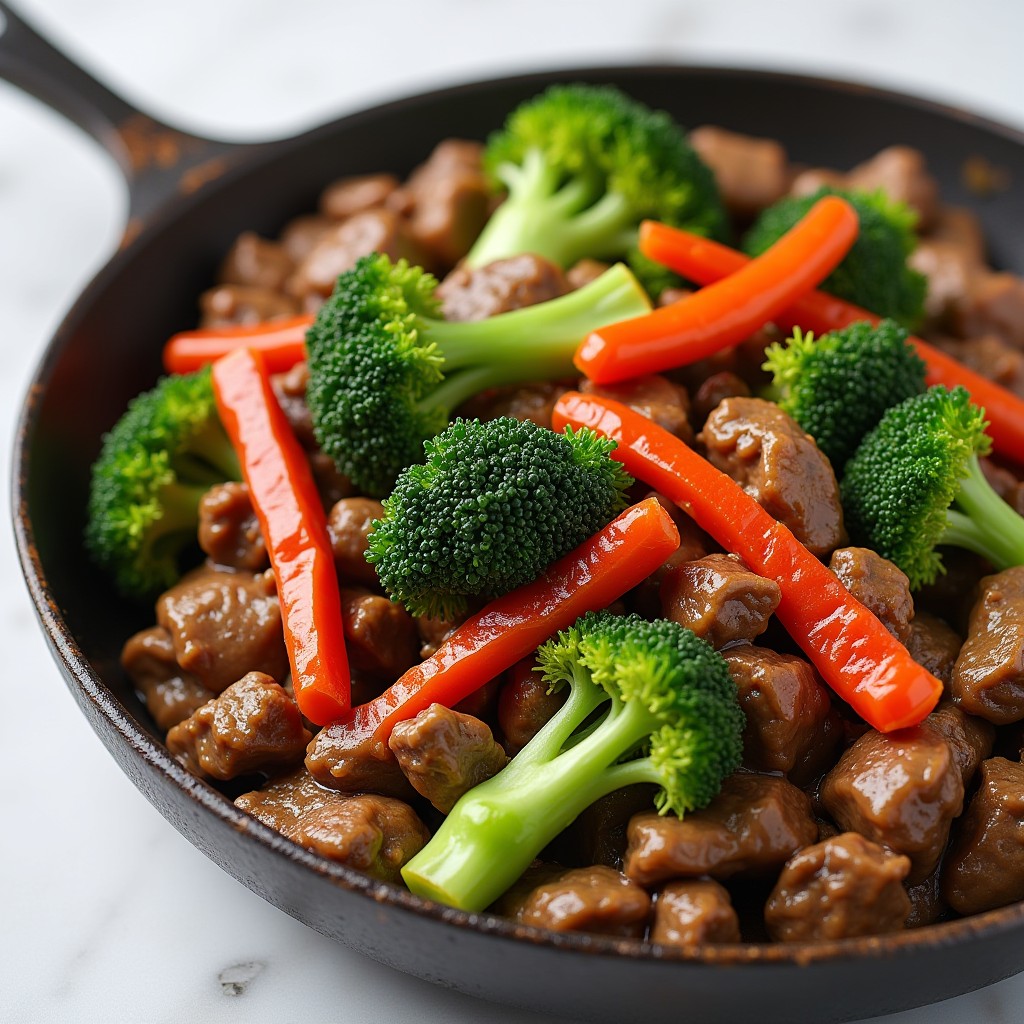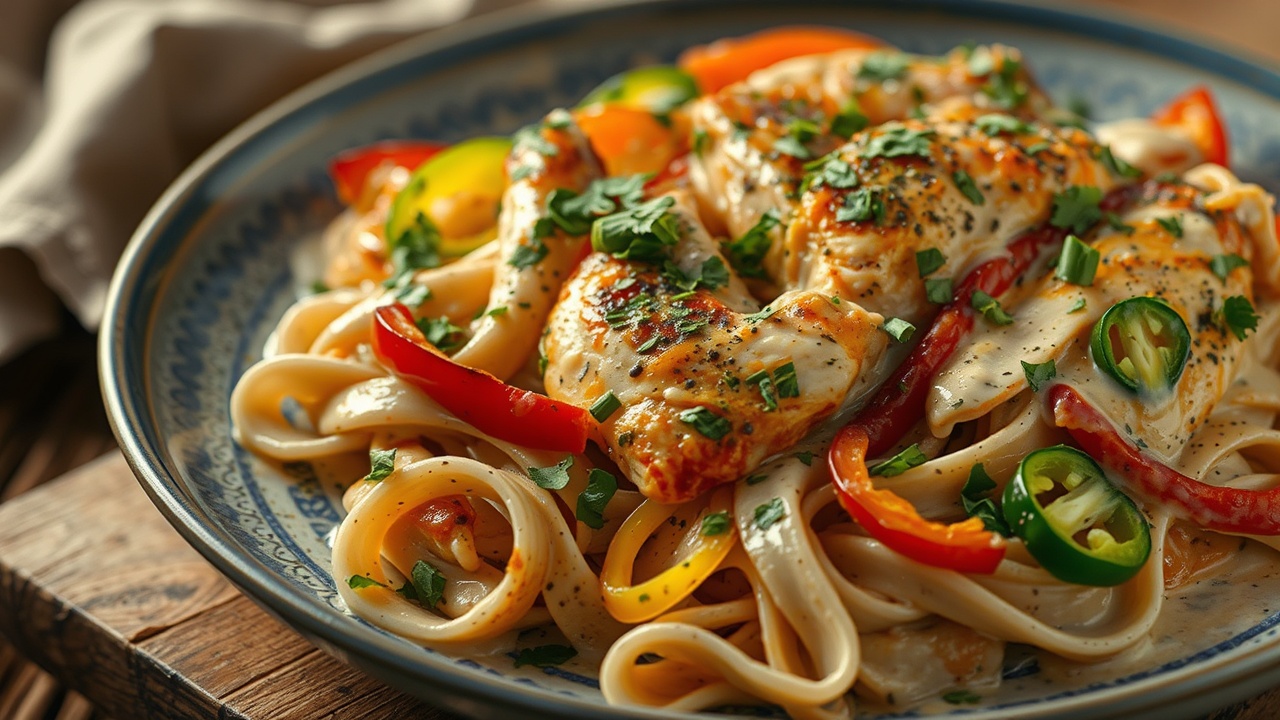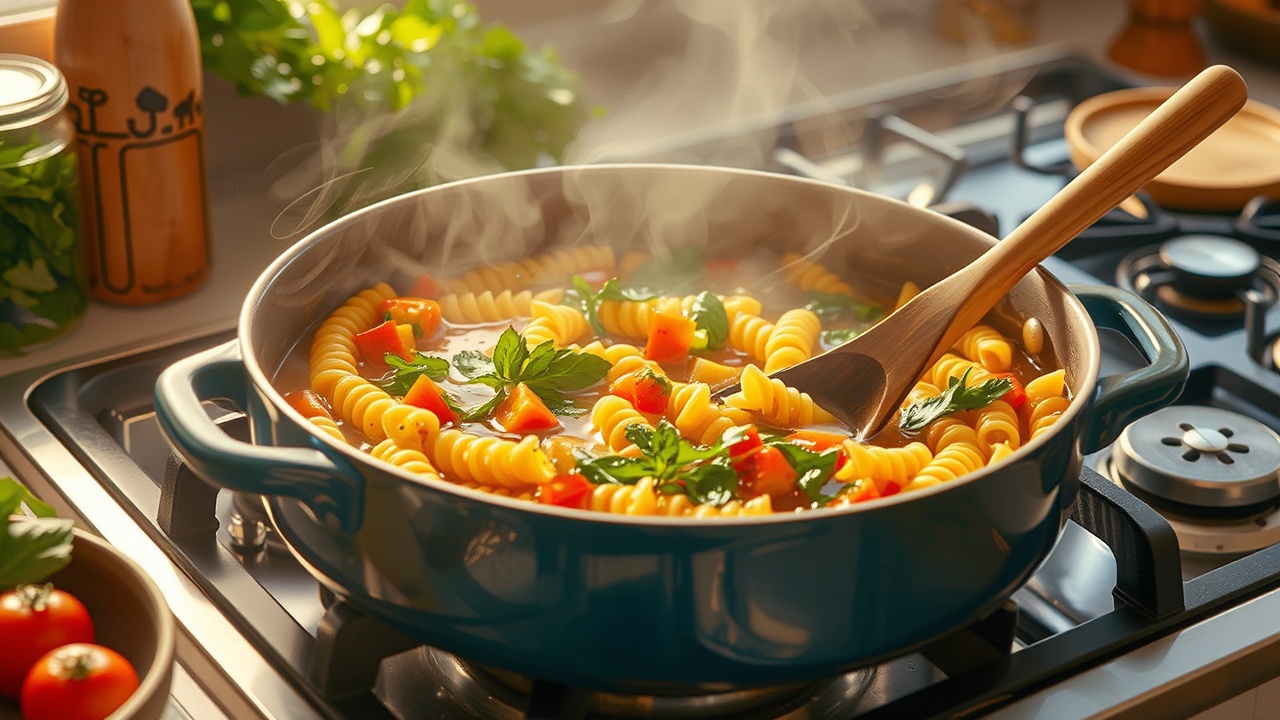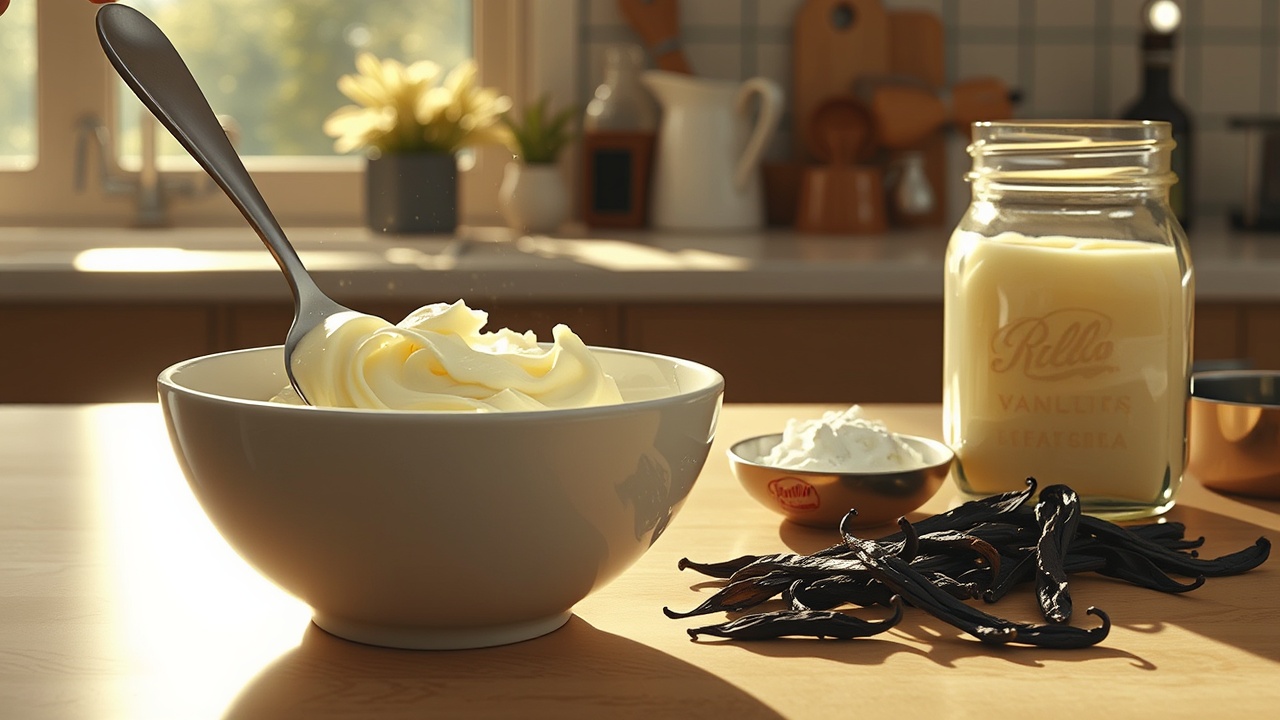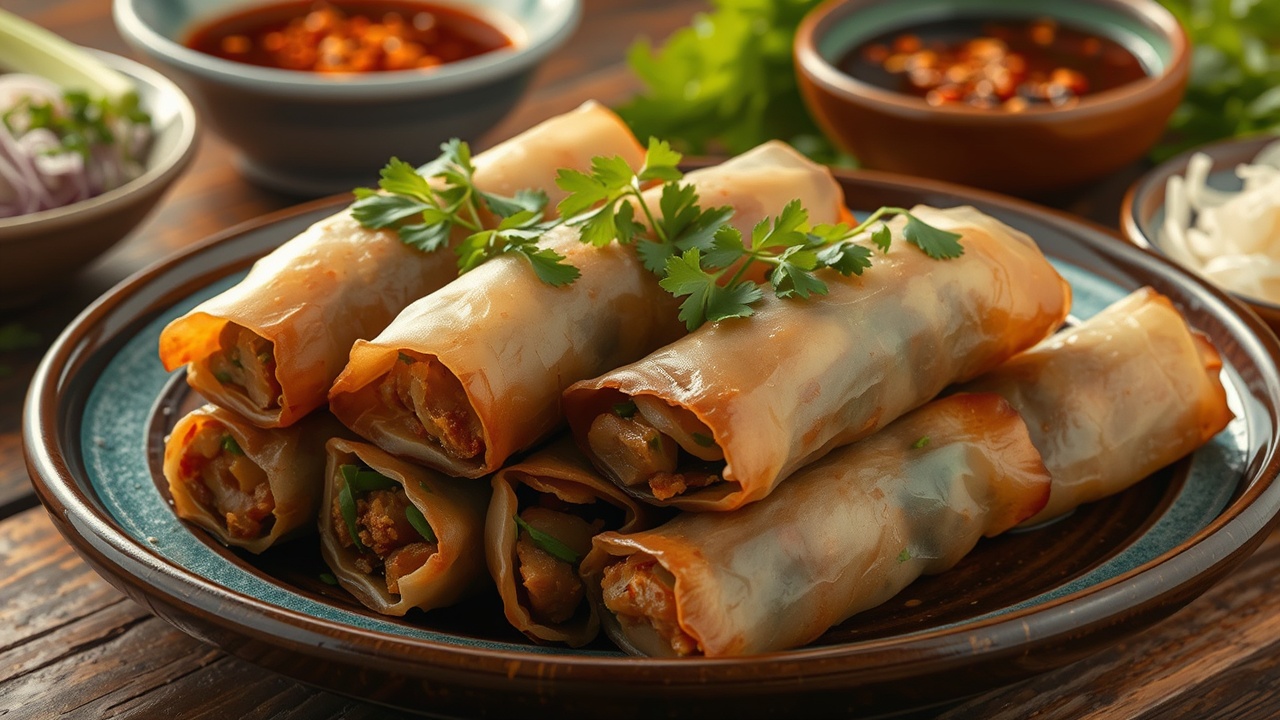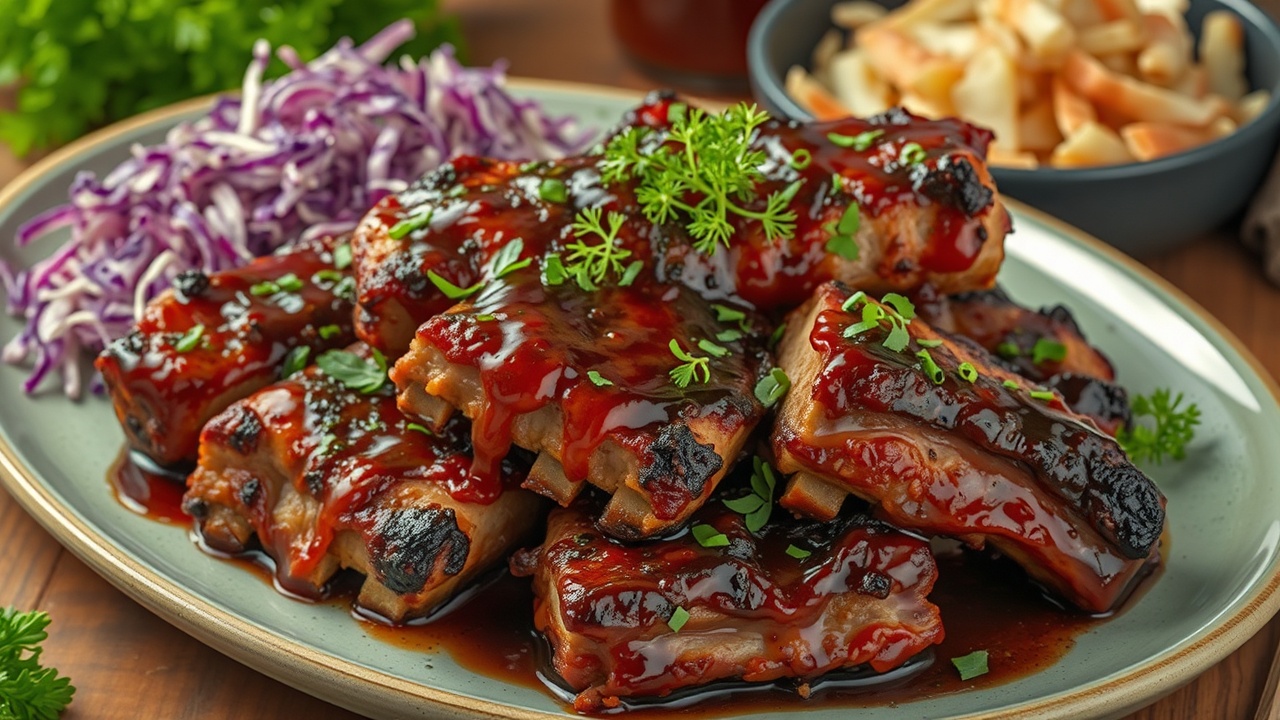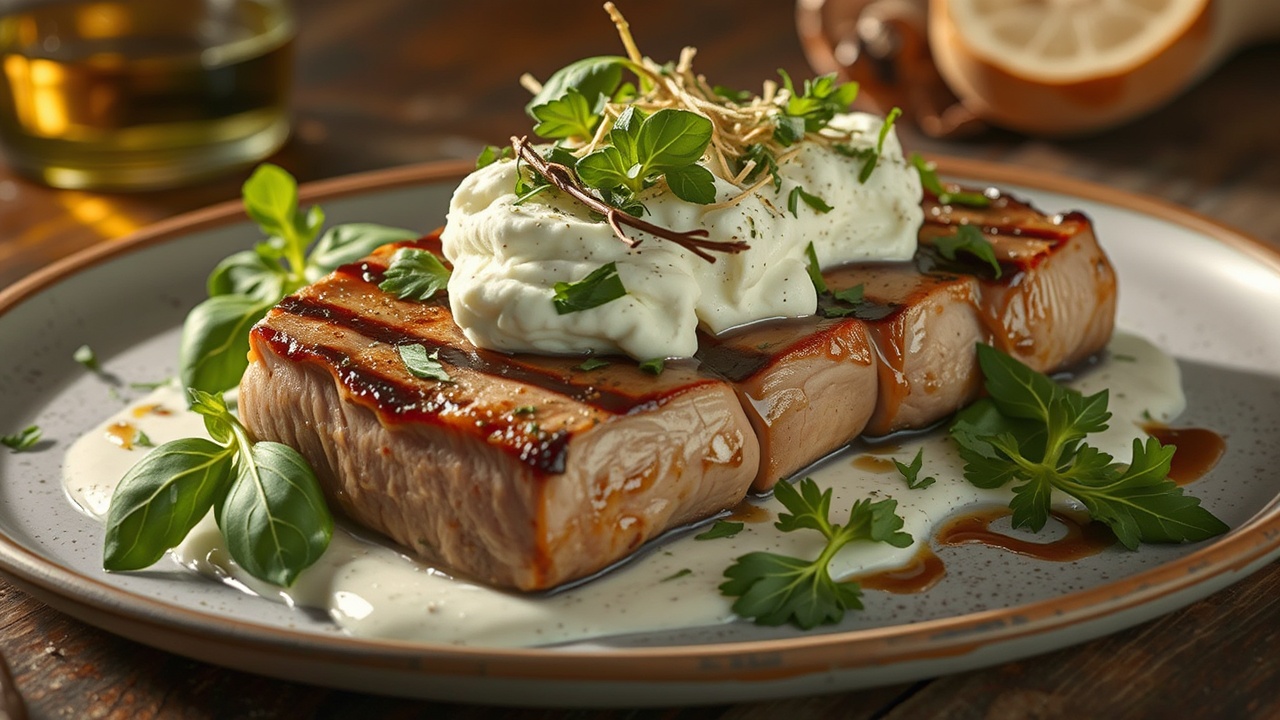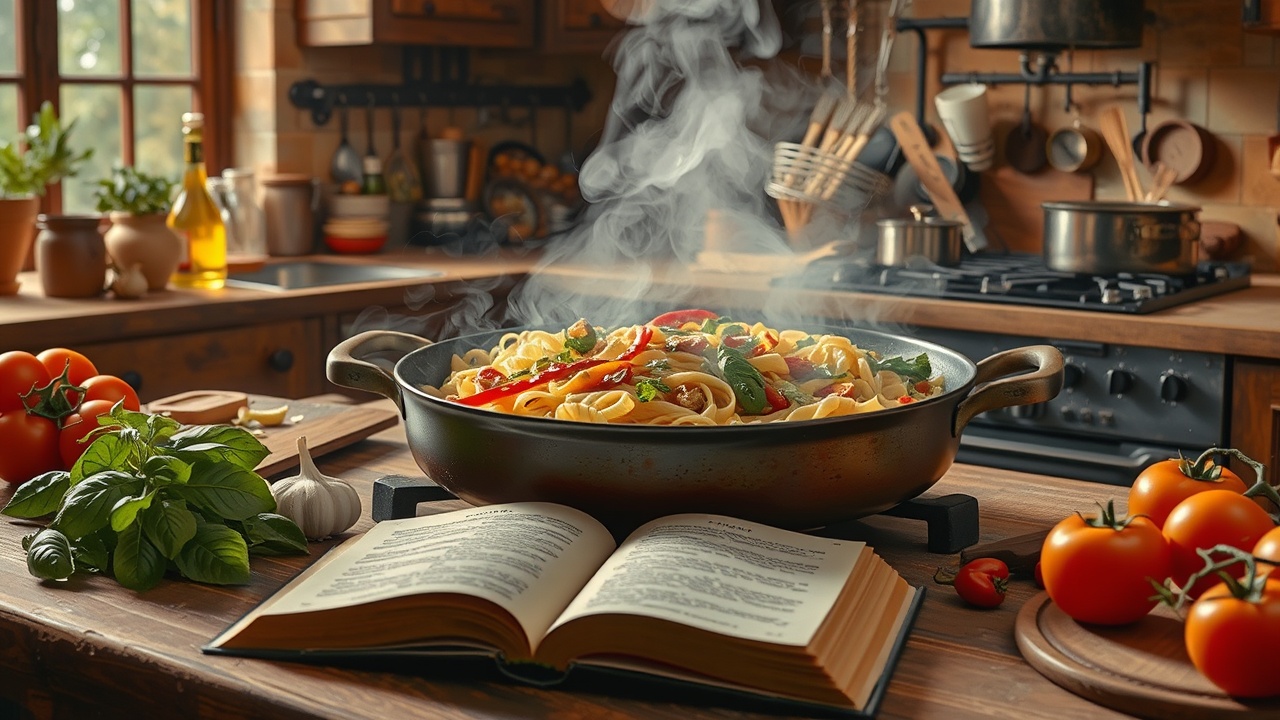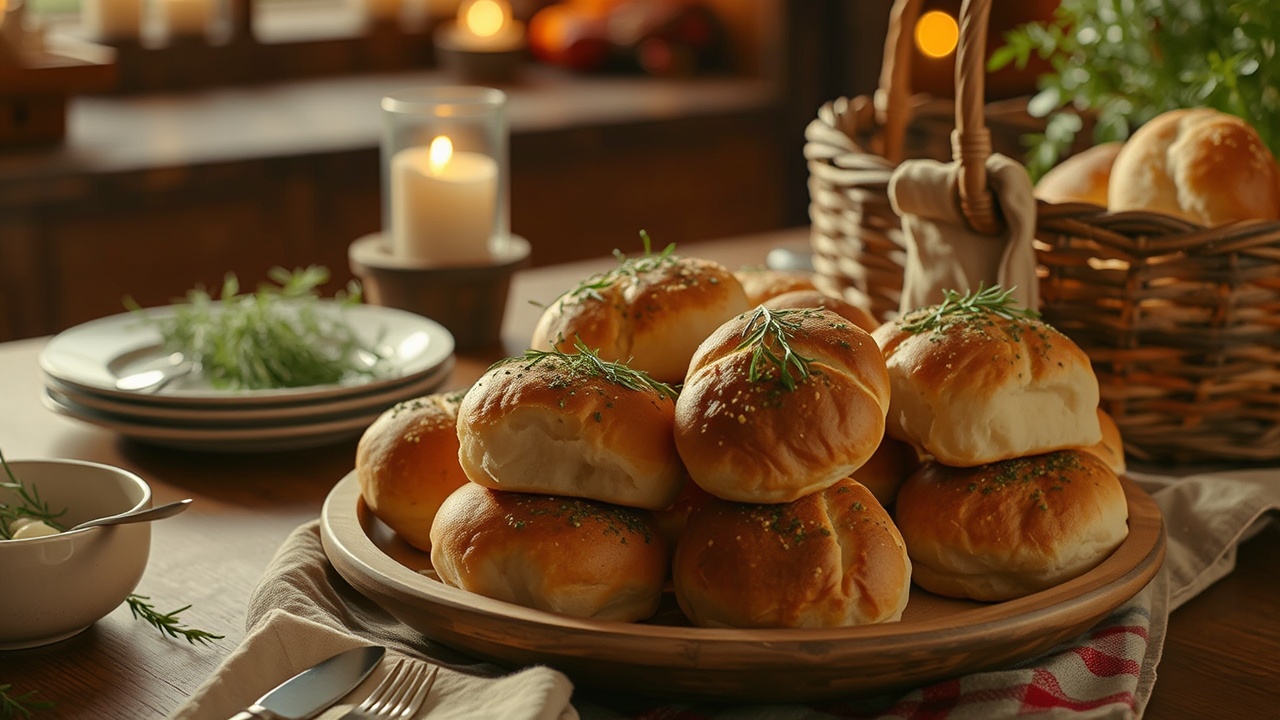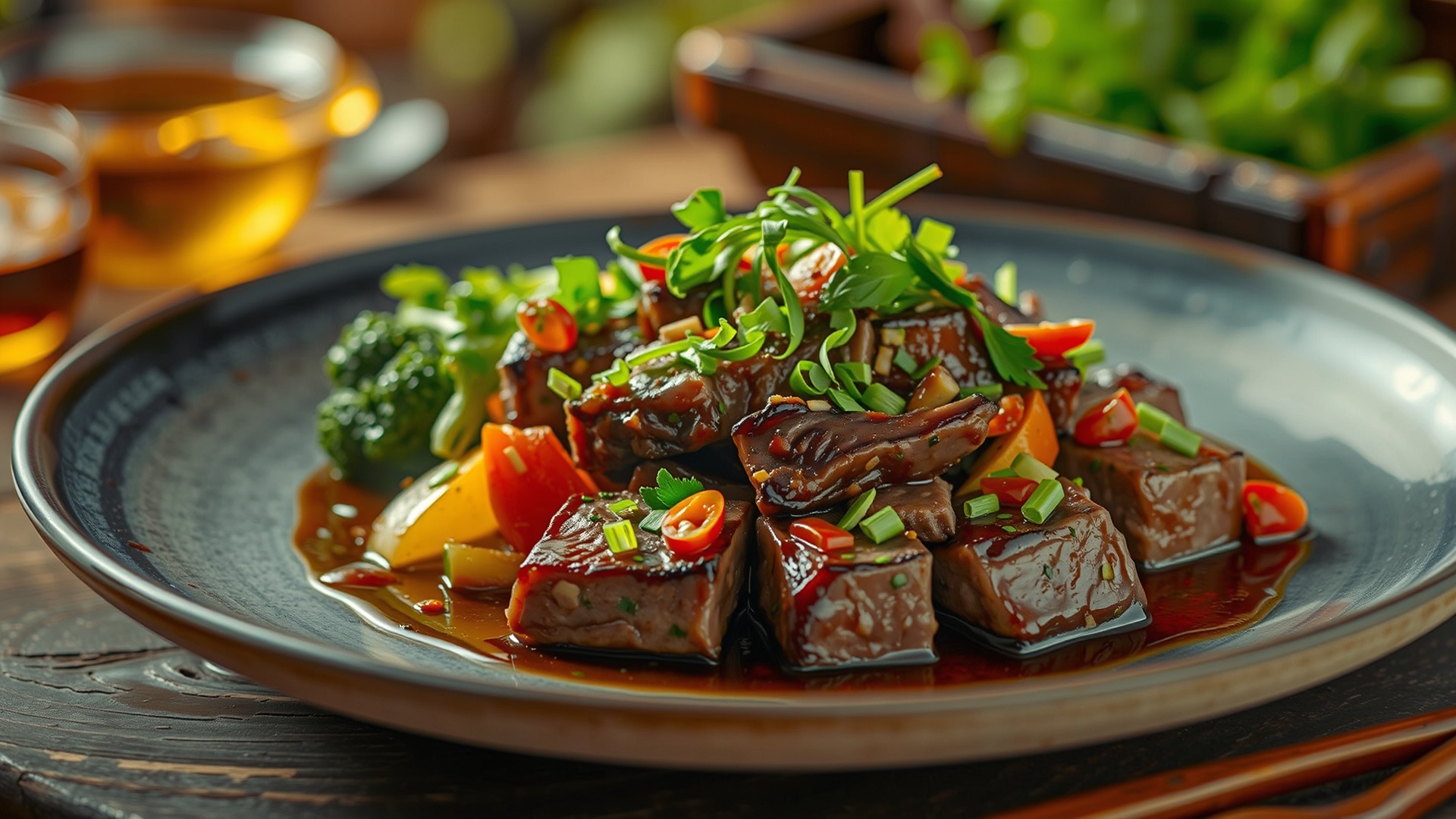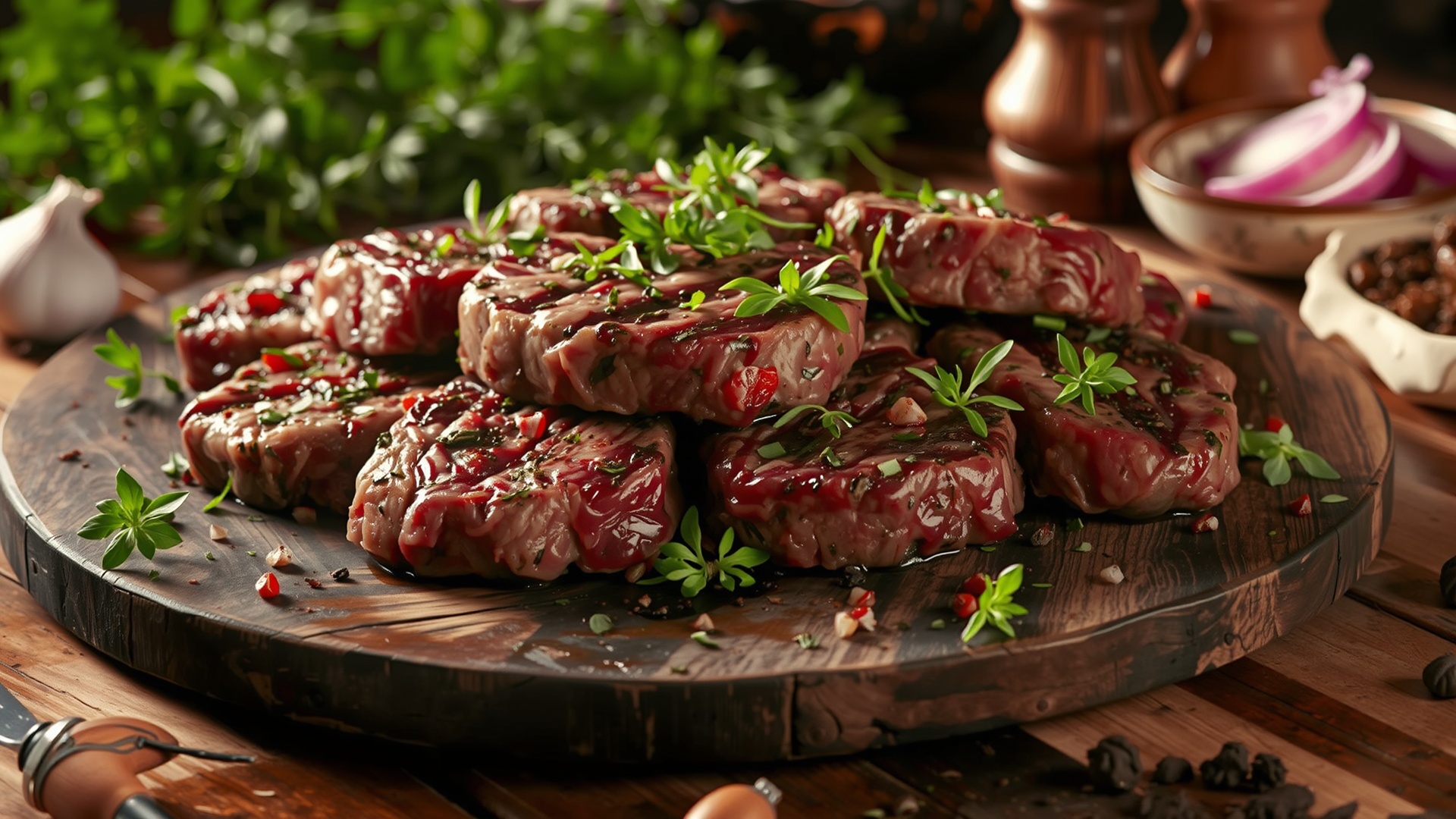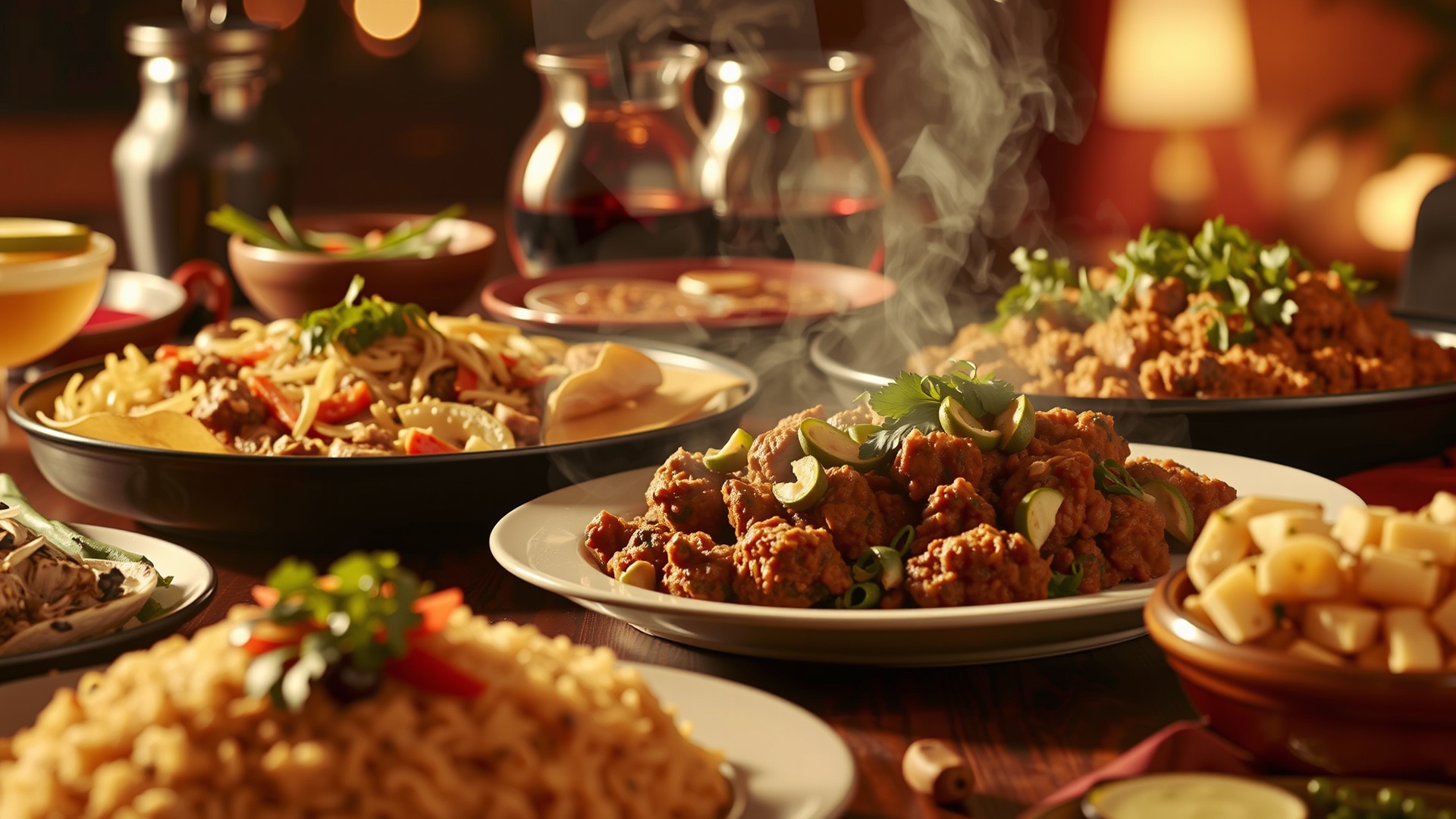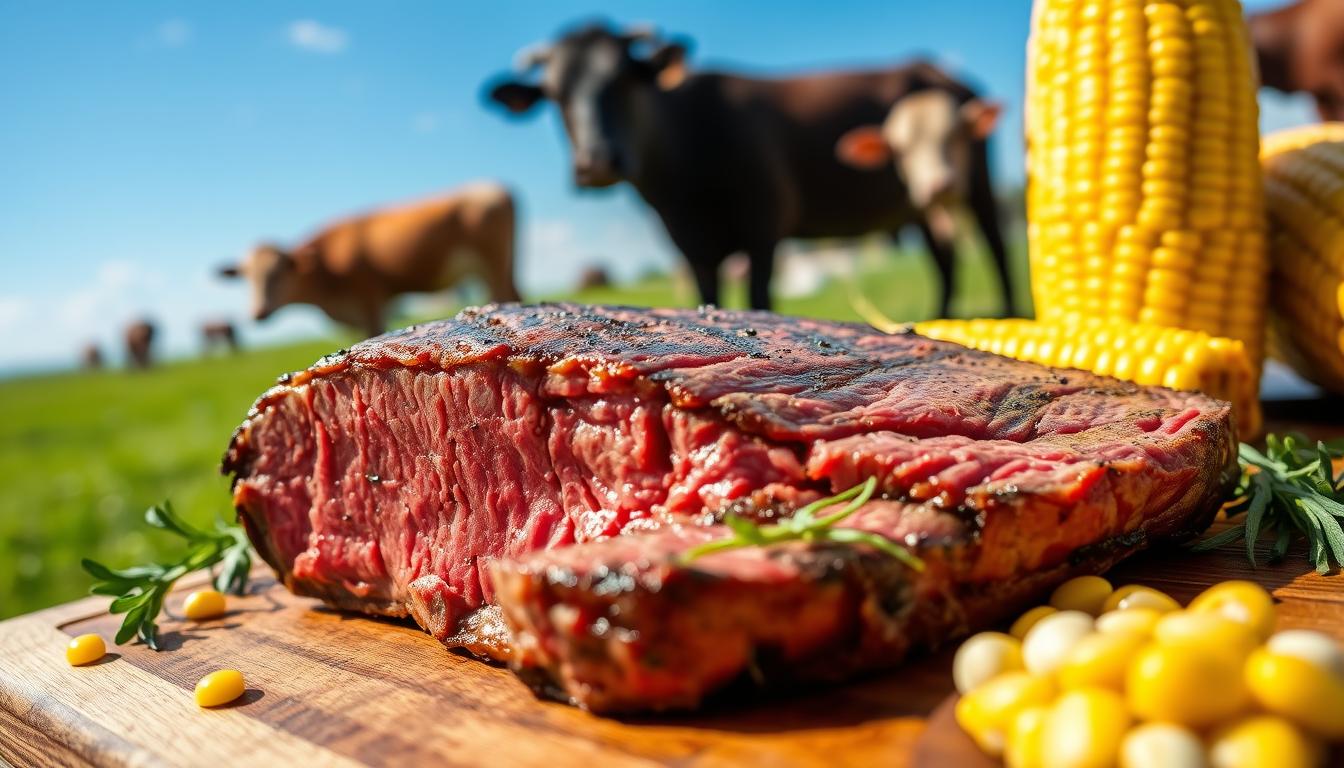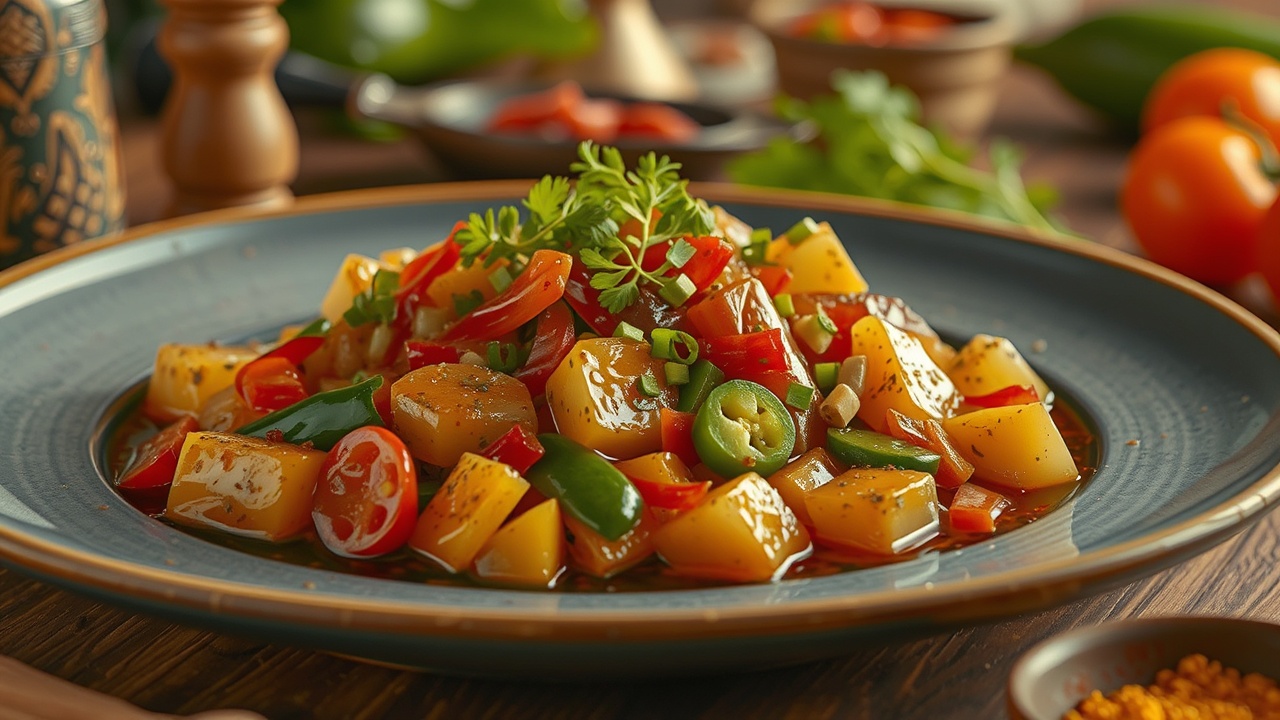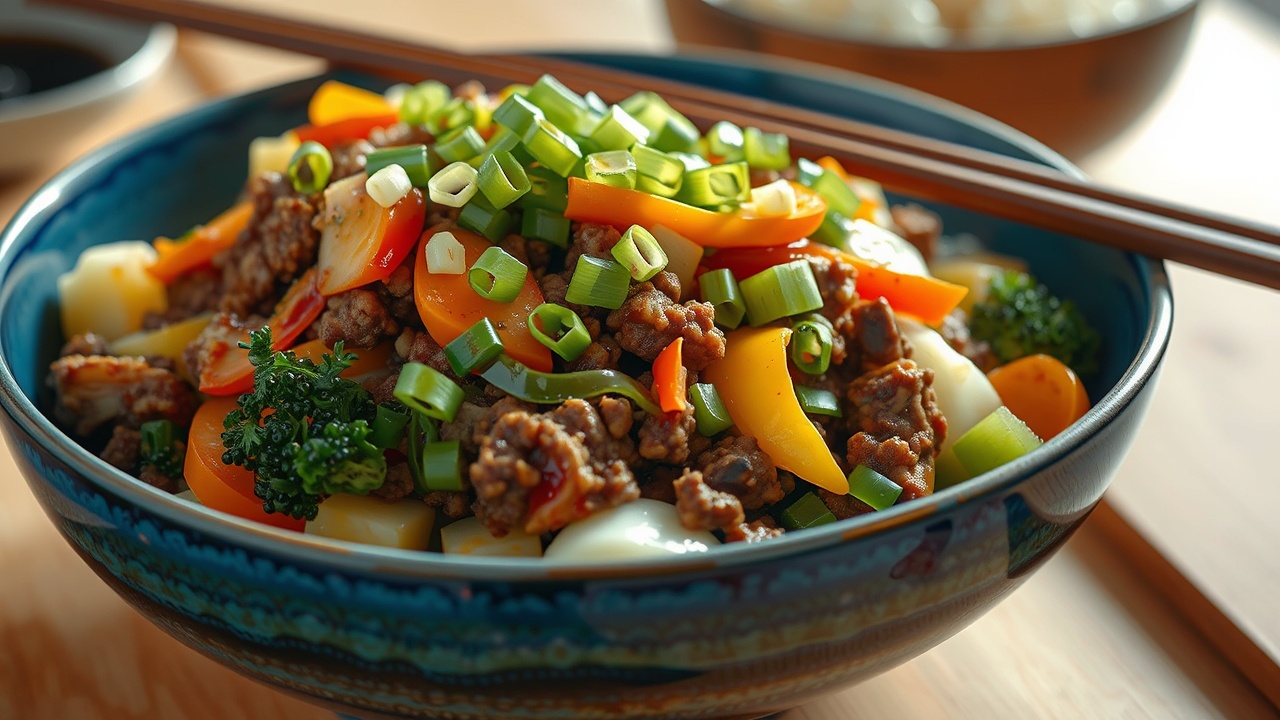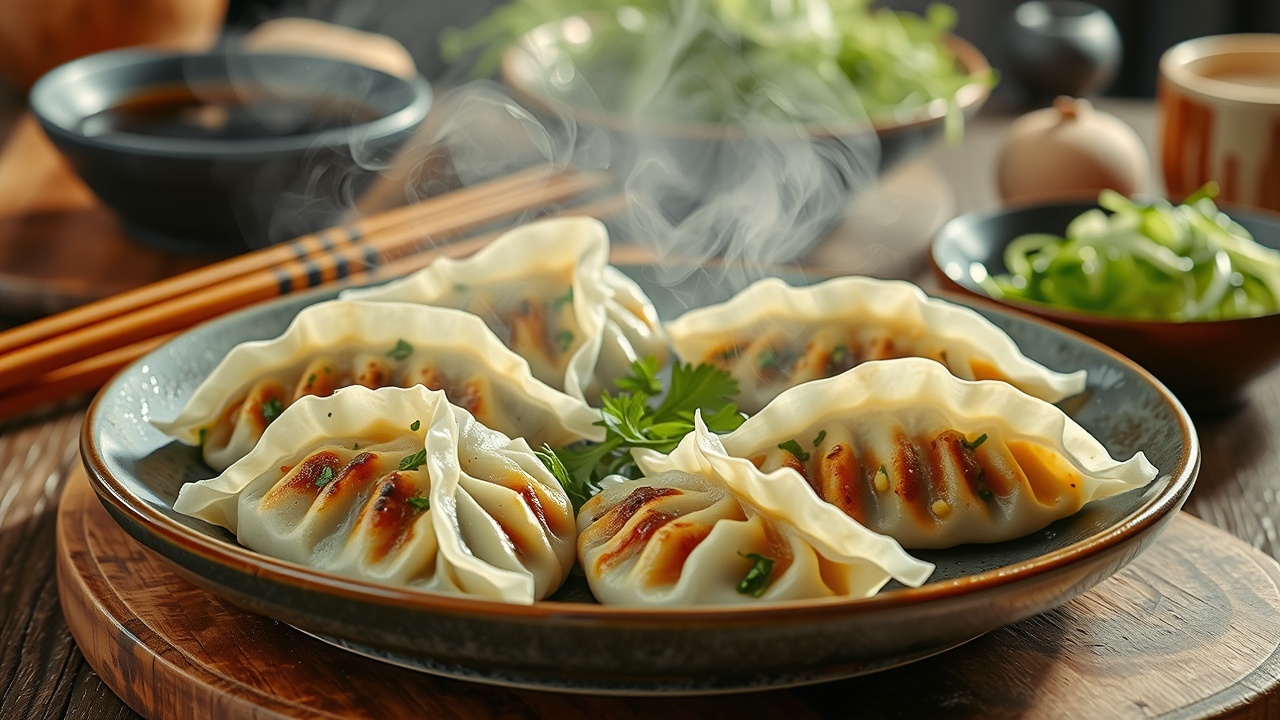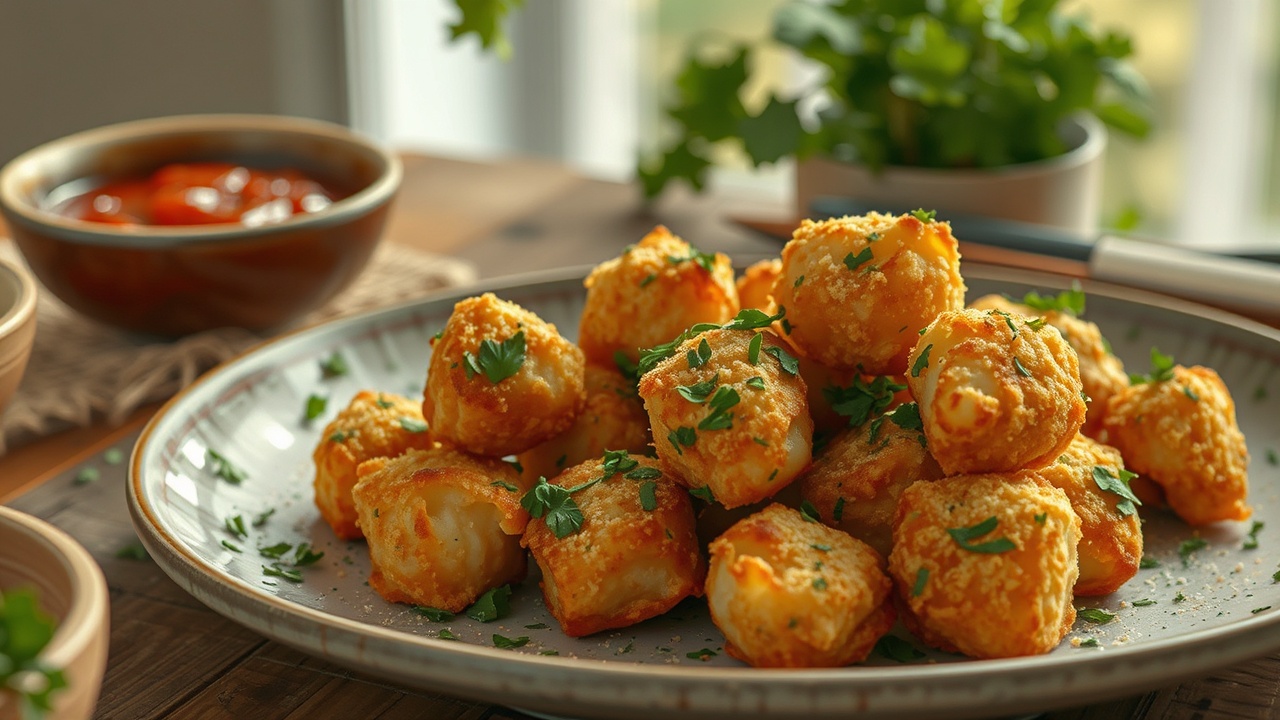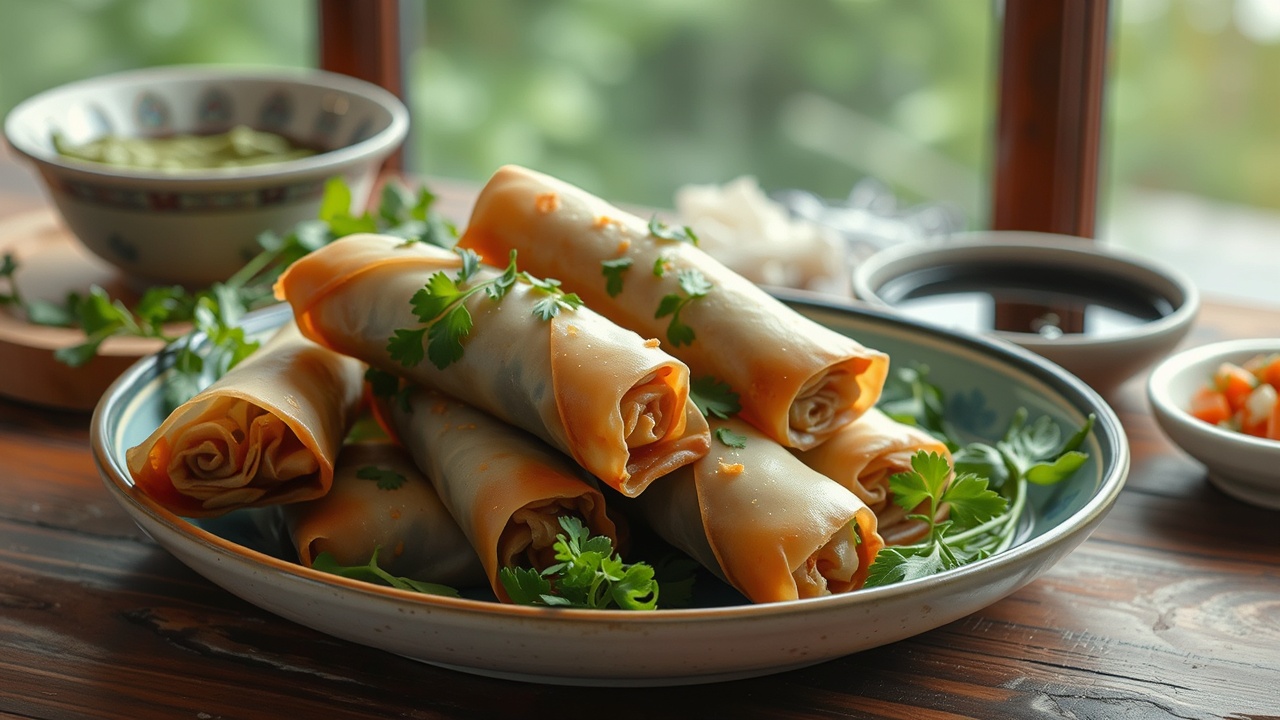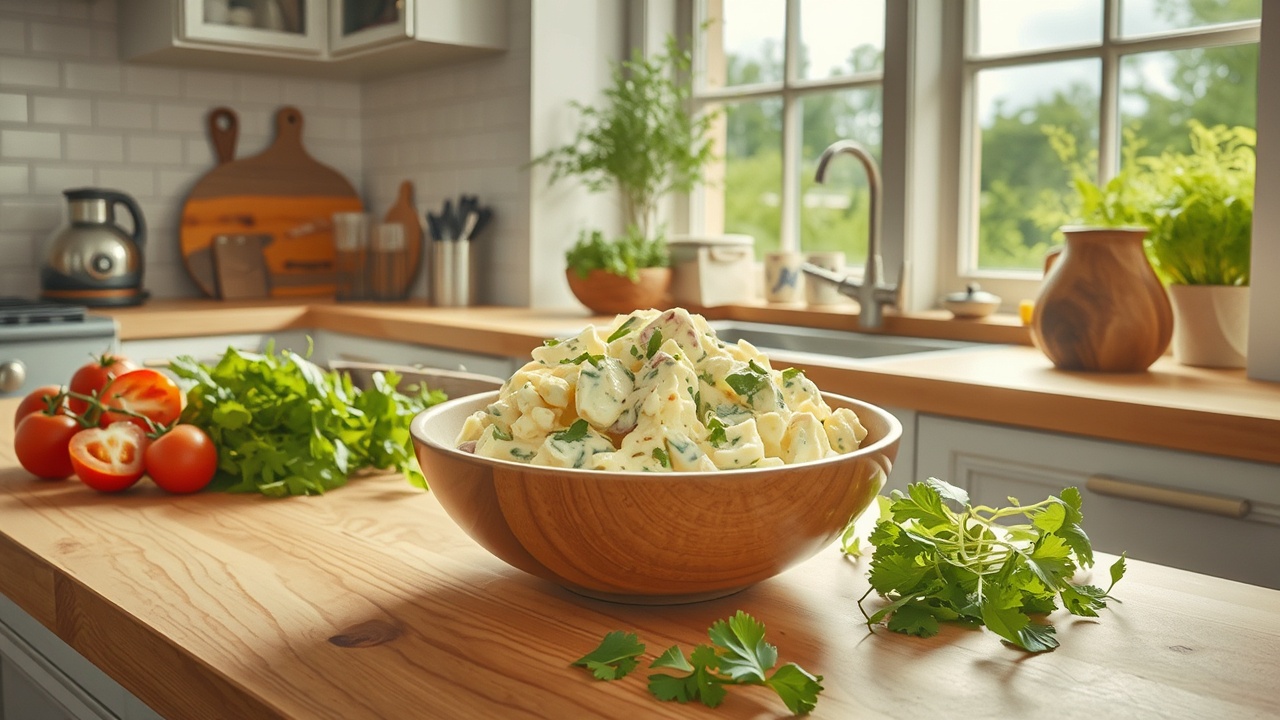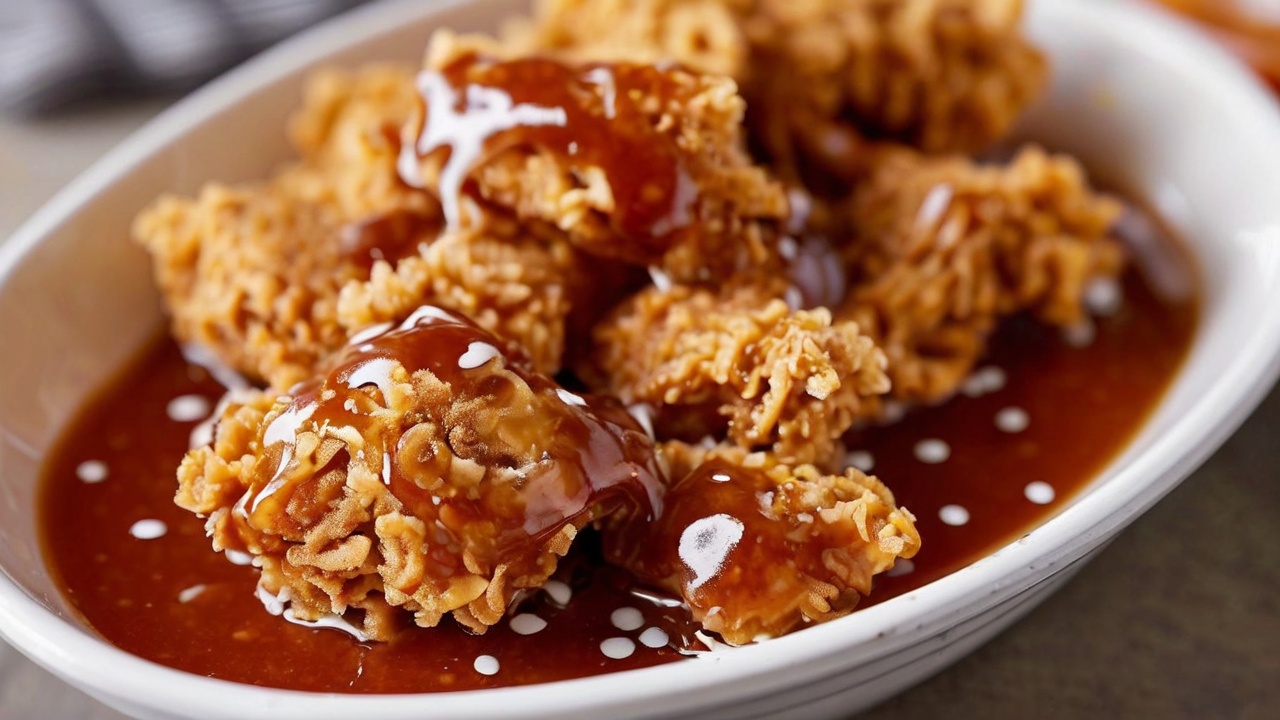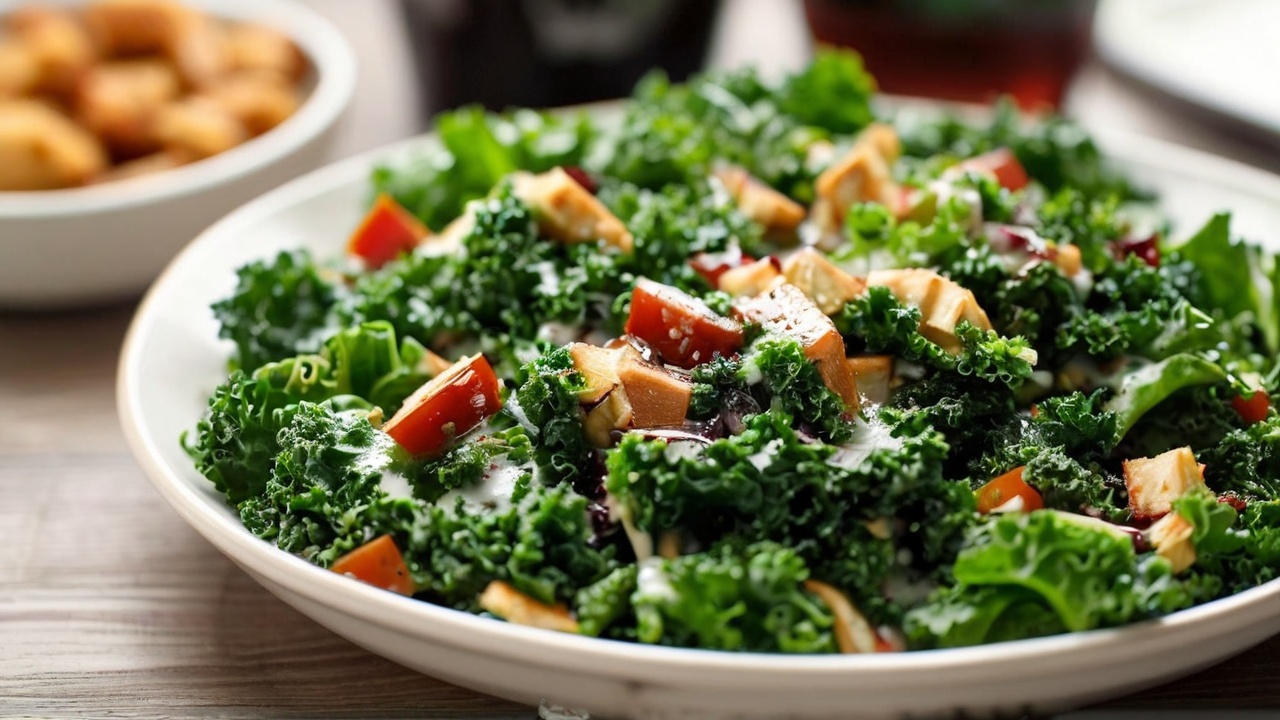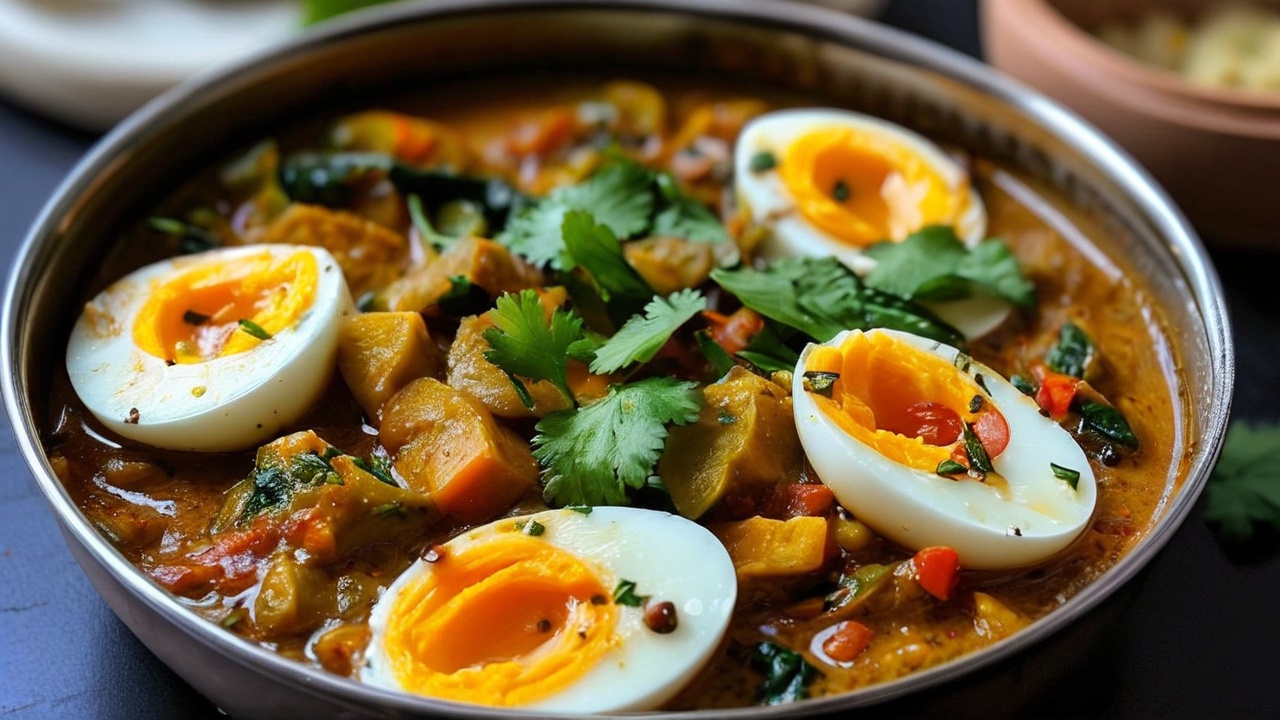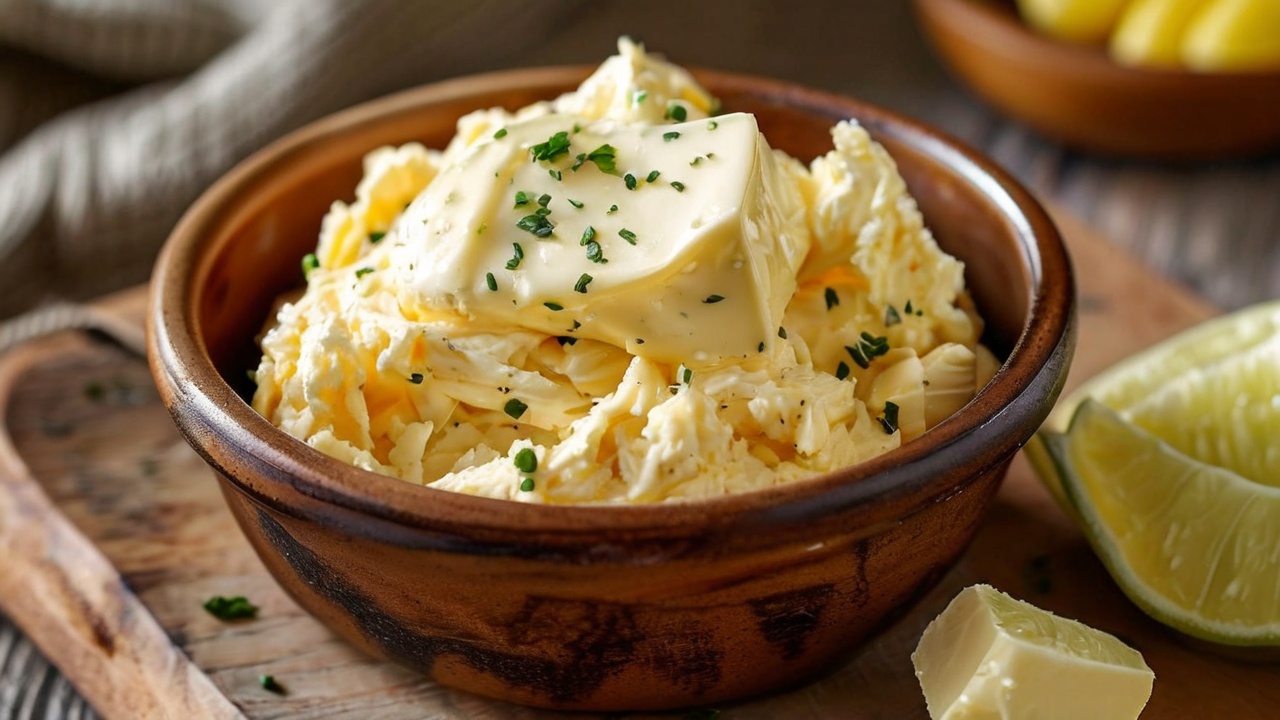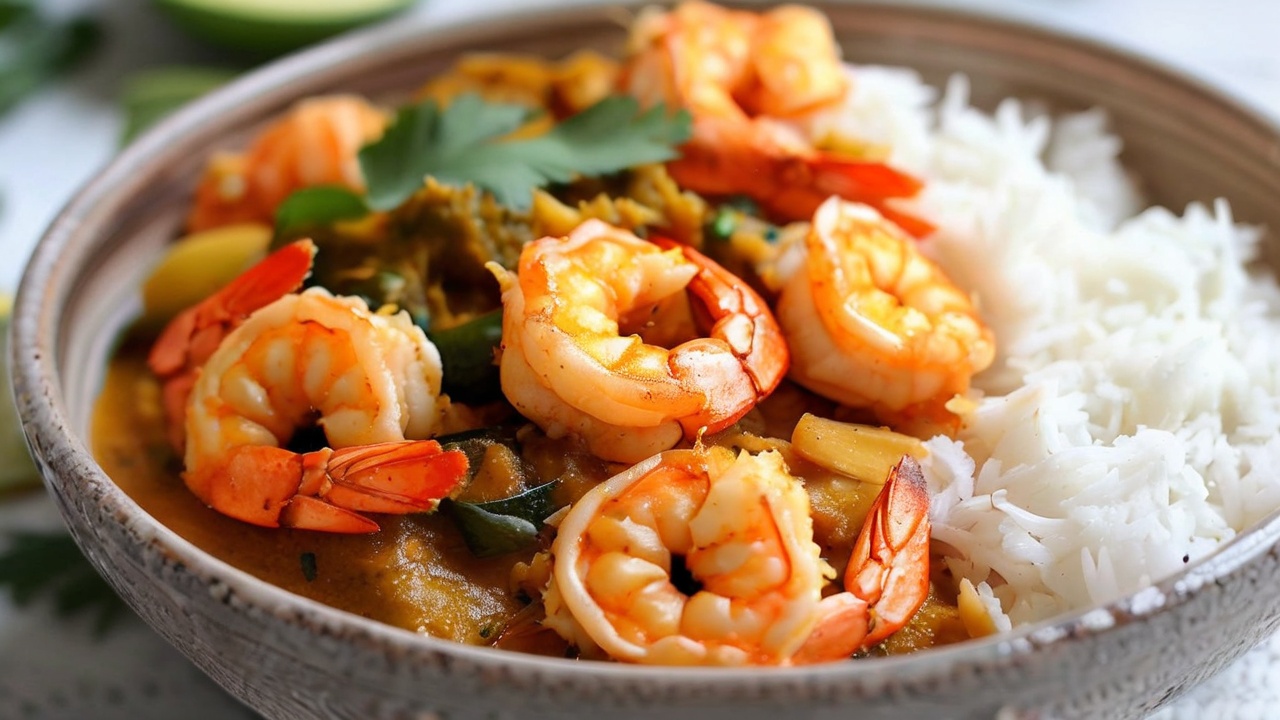Pork Calderite is a Filipino favorite that brings warmth wherever it may be served. Made with rich, tasteful and tender meat which is served during family meetings or special events for that full of energy dish. In this dish, pork is melted together with different vegetables and abundant tomato-based sauce along with the perfect combination of flavors to create a savory spicy meal that goes on anyone’s table. Pork Calderite is best cooked over a long gelande, transforming tough meat into melting flesh and melding the different flavors together across a thick sauce.
Let me share with you how to cook Pork Calderite from scratch where I leave you a step by step procedure and tips on how to make it great. It has the usual potatoes, carrots, bell peppers and peas but what sets it apart is a shot of liver spread or pâté that finishes creamy and umami in flavor. This dish has so much depth with the spices bay leaves, soy sauce and everything all come together to take a lot of richness in this dish.

Ingredients for Pork Calderite
Pork Caldereta also called Calderetang Baboy is a one pot meal. Here are the ingredients to create this dish:
For the Pork:
- 1½ pounds cubed pork shoulder or pork belly
- Vegetable or Canola Oil, 2 tbsp
- 1 large onion, finely chopped
- 4 cloves garlic, minced
- 1 large tomato, chopped
- 1 can (5 oz) tomato paste
- 2 tablespoons soy sauce
- 1 tbls. fish sauce (optional)
- 1 large bay leaf
- 1 tablespoon sugar
- Salt and pepper to taste
For the Vegetables:
- 3 medium white potatoes, peeled and cubed
- 2 large carrots, sliced, (about 3 medium to small size narrow carrots or 2 thick ones).
- Use 1 red bell pepper cut into strips
- 1 green bell pepper cut into strips
- 1/2 cup frozen green peas
- 1 cup beef broth or water
For the Sauce:
- 1/4 cup liver spread or pâté
- 1/4 cup grated forwardness (cheddar or quick-Take cooking cheese)
- 2 tablespoons of tomato ketchup, optional
- 1 tsp chili flakes or 1-2 long red chilies (chili-free optional)
Method of Cooking Pork Caldereta
1.Preparing the Pork
Start by preparing your pork. You can opt for pork shoulder as it has a lot of melting tenderness or pork belly that come with some extra fat for flavor. Cut the pork into bite-sized pieces. Salt and pepper, soy sauce for 15-20 mins marinade. This is not only enhance the taste of pork but also make it tender when it is cooked.
You can also use that time to chop up your veggies while the pork marinates. Prepare the potatoes and carrots by peeling and cubing them, then set aside. Slice the bell peppers in strips, prep the peas and set them all aside.
2.Sautéing the Aromatics
Heat the cooking oil in a large, heavy bottomed pot or in a Dutch oven on medium heat. Stir in the chopped onions and garlic, cook until softened and fragrant, ~ 3-4 minutes. By this point, the kitchen should become infused with a glorious scent of onions and garlic that will create the foundation of flavor for the dish.
Pour the chopped tomatoes into the pot and sauté for 3–4 minutes more till the tomatoes shrink from softness and juice. It will give the sauce a great, fresh flavor. Here also, you could even put a tad bit of tomato paste in order to boost up the flavor and shade of the sauce.
3. Cooking the Pork
And, when the tomatoes are tender, put in the marinated pork cubes in the pot. Cook the pork on all sides to golden brown perfection, a total of 5-7 minutes. This stage helps seal in the flavor and further establishes the complex dark foundation of the sauce.
Then, you’ll add in the beef broth (or water) and bring it to a boil. Lower the heat right down, then on go the bay leaf and sugar. Bring the pork to a simmer, put a lid on it and simmer for 45 minutes or so until the meat is tender and all of those wonderful flavors have married. Stir from time to time, and if it is necessary add some water so the pork always stays simmering in liquid.
4.Adding the Vegetables
You can begin prepping the vegetables while the pork is slowly simmering. In another pan, add 1 to 2 T of oil and heat on medium. Cook the potato cubes until golden brown and a bit crispy on the outside- about 4-5 min. Then take them out and rest on a paper towel to absorb the excess oil. Do the same with the carrots.
Add the fried potatoes, carrots, and sliced bell peppers in the pot until the pork is tender. Stir gently to combine. You should now be somewhere that looks like a thick, richly tasting stew that is sure to make your mouth water.
5. Adding the Vegetables
Put liver spread or pâté in the pot and stir it into the sauce. This ingredient is what makes Pork Caldereta different from other Filipino stews and provides richness, creaminess, and a subtly earthy flavor to the sauce. If you do not have liver spread, you may also use a blended chicken liver but the texture will be different.
At this stage, incorporate the grated cheese into the sauce. This would make it thicken, and the cheese would melt with the liquid to form silky sauce. Now, some people also add ketchup here for some sweetness but that’s completely optional.
Cover the pot and let your stew simmer for another 10-15 minutes, until the sauce has thickened and the veggies are soft. Check the seasoning of your sauce, and add some salt and pepper as needed. For a spicy version, add in the chili flakes or fresh chilies to taste.
6. Final Touches and Serving
After cooking the Pork Caldereta, give everything a final stir. Take off the heat and discard the bayleaf. It should have a good, heavy, creamy tomato based sauce with diced meat and veg.
The Pork Calderite can be served hot together with steamed white rice. The rice will absorb the delicious sauce, resulting in a harmony of tastes and textures with each bite.
Tips for the Best Pork Caldereta
- Use pork shoulder or pork belly: Pork shoulder is perfect for stews as it has a nice balance of the perfect ratio of meat to fat, whereas pork belly will essentially give you a fatter, richer version of the dish. Both cuts will work in this recipe.
- Do not omit the liver spread: The liver spread or pâté pertains to the characteristic flavor of Pork Calderite. If you cannot obtain this, try crushed chicken liver, but that will not yield with the same thick consistency.
- Adjust the Spicy-ness: If you want it spicier, add more chili or a splash of hot sauce. That said, leave out the hot chilies if you want to keep things mellow.
- Slow Cook: Let the pork simmer for at least 45 minutes to an hour so it breaks down and absorbs all of that sauce goodness.
- Add Extra Veggies: The basic mixture includes no more than potatoes, carrots and bell peppers, so feel free to add others you might enjoy such as green beans, mushrooms or even sweet potato.
- Cheese for Extra Creaminess: Adds richness to the sauce so don’t leave it out! Besides thickening the sauce, it has a delicious texture.
Conclusion
Pork Calderite is not your ordinary stew, but a rich and flavor-filled Filipino classic. The juicy meat, the creamy sauce and those rainbow colored veggies pull at your heartstrings with flavors that are just so darn delightful! Pork Calderite will definitely give you something to impress or just enjoy a warm meal, for any special event.
This tender pork and tomato-based goodness is amped up with a little liver spread and melt-in-your-mouth cheese for layers of flavors that sing together harmoniously. This essentially is the ultimate comfort food for your family or friends together, and best when served with mountains of hot rice to soak up that sauce!
You can do this way to bring back the real taste of Pork Calderite in your house. There is no need to rush, savor every moment spent preparing this Filipino stew; its heart and soul lie within the depths of a slow cook!






